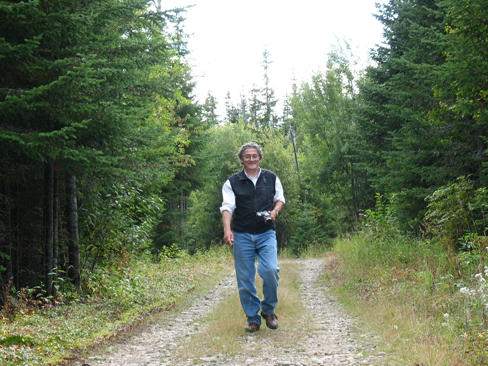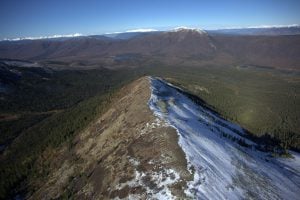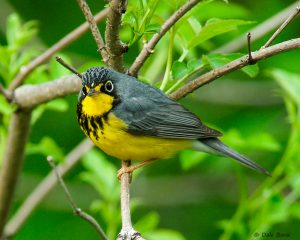
Wildlife
The naturalist and the wonderful, lovable, very bold jay
Canada jays thrive in the cold. The life’s work of one biologist gives us clues as to how they’ll fare in a hotter world.
- 3599 words
- 15 minutes
This article is over 5 years old and may contain outdated information.
Science & Tech

While the Amazon rainforest garners plenty of attention from environmentalists, Canada’s expansive boreal forest exists in relative obscurity — sequestering carbon, sucking up greenhouse gasses and helping regulate the global climate.
Stretching from the Yukon to Newfoundland and covering three-million square kilometres, Canada’s boreal is one of the largest and most-important forests in the world. It’s also changing, says Laval University professor Serge Payette.
Whereas the boreal’s northern edge was once densely populated with black spruce, much of it has been converted to so-called lichen woodland, with only 15 to 25 per cent tree cover, says Payette, who has been studying Canada’s boreal forest since the 1970s. The culprit, he says, is an increase in forest fires combined with poor soil conditions, which inhibit forest regeneration.
Permafrost is also receding, as average yearly temperatures rise. “There’s been a rapid decay of permafrost across the country, and since the mid-1990s it has been accelerating,” says Payette. That’s disrupting the forest, some 40 per cent of which overlays permafrost.
Finally, insect pests, which are moderated by frigid boreal winters, are gaining a foothold as temperatures warm.
The good news, says Payette, is that the boreal forest is a remarkably robust, resilient ecosystem. “It’s a forest well adapted to changing conditions. Tree species such as black spruce have huge distributions and are very hardy.”
But can the boreal withstand the range of disturbances it’s likely to face in the future? “An outbreak of spruce budworm, together with fires, permafrost degradation and tree cutting might be too much,” he warns. “Cascading disturbances could cause the forest to change into a completely different type of ecosystem.”
Serge Payette — who in 2011 won the prestigious Weston Family Prize for Lifetime Achievement in Northern Research — is demonstrating that, like the Amazon rainforest, we need to understand changes in the boreal forest, and what they mean for the planet.


Are you passionate about Canadian geography?
You can support Canadian Geographic in 3 ways:

Wildlife
Canada jays thrive in the cold. The life’s work of one biologist gives us clues as to how they’ll fare in a hotter world.

Environment
As the impacts of global warming become increasingly evident, the connections to biodiversity loss are hard to ignore. Can this fall’s two key international climate conferences point us to a nature-positive future?

Environment
A major research project from the University of Alberta outlines pockets of Canada's boreal forest that may give wildlife more time and space to adjust to a changing climate

Environment
Indigenous conservationists are listening in to track the impacts of climate change on the boreal forest